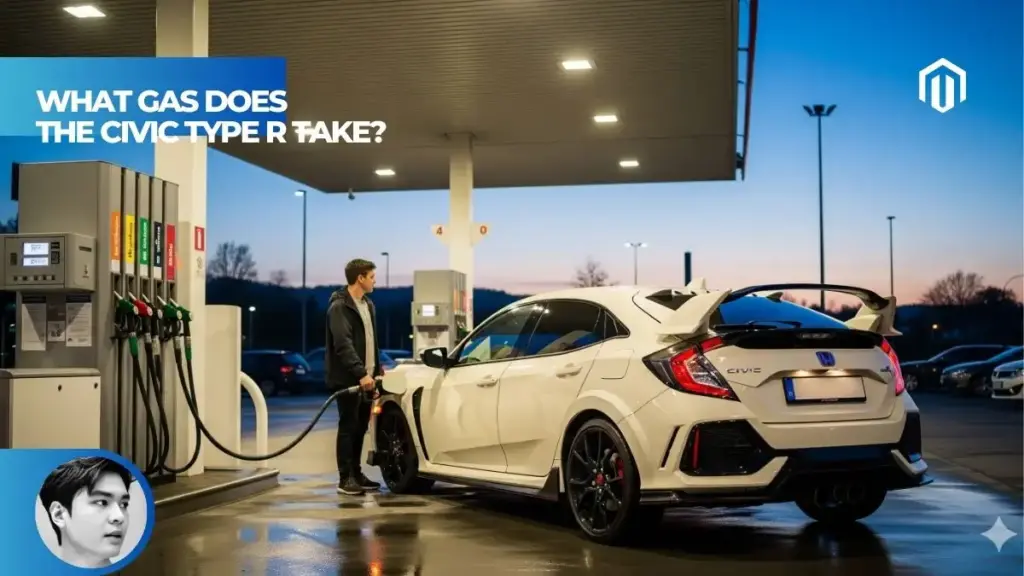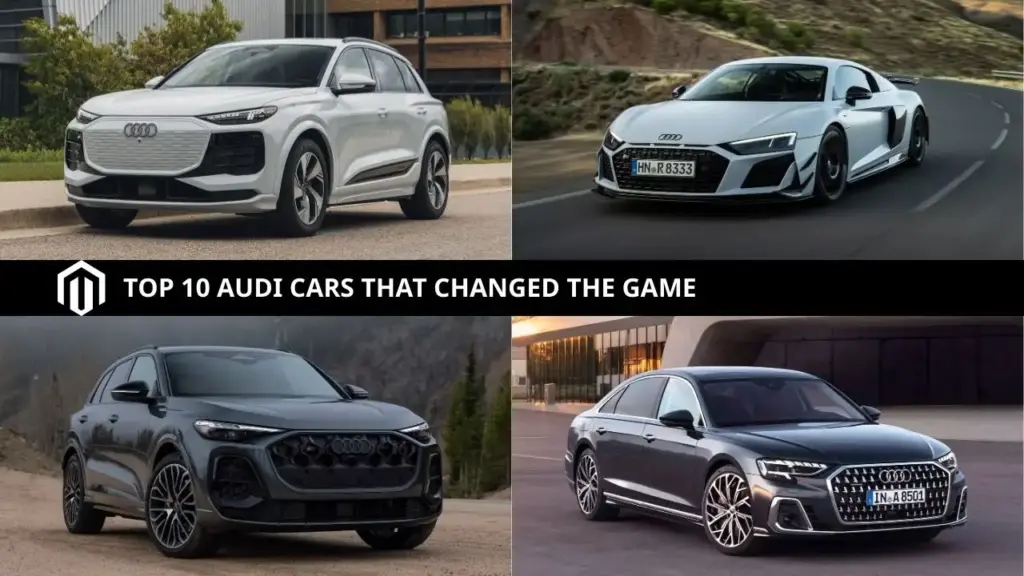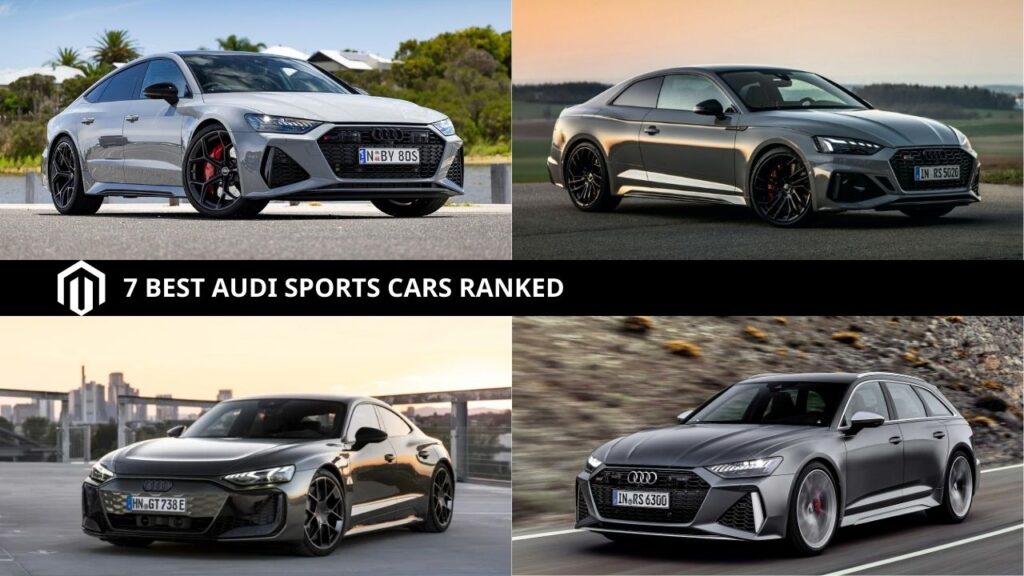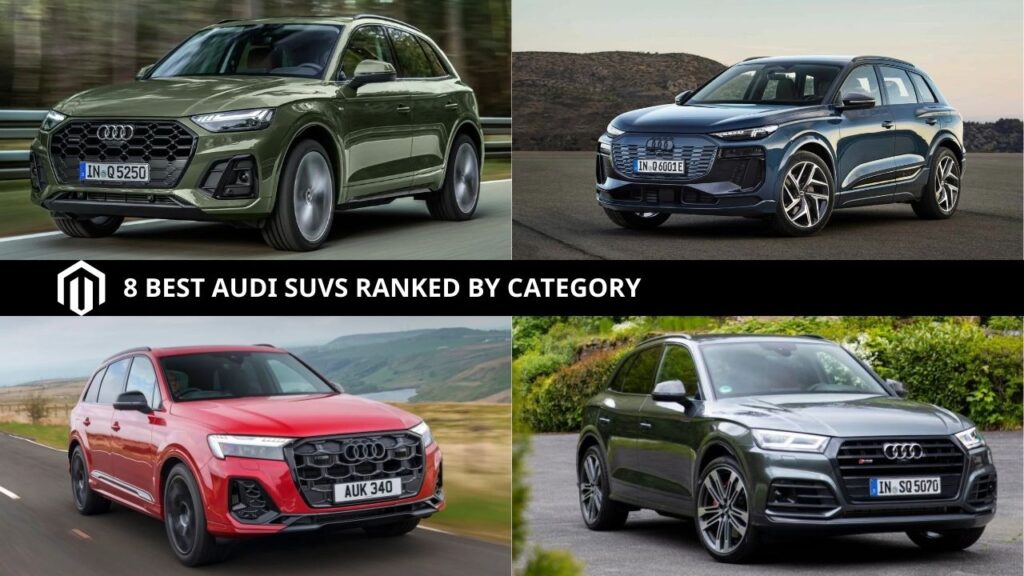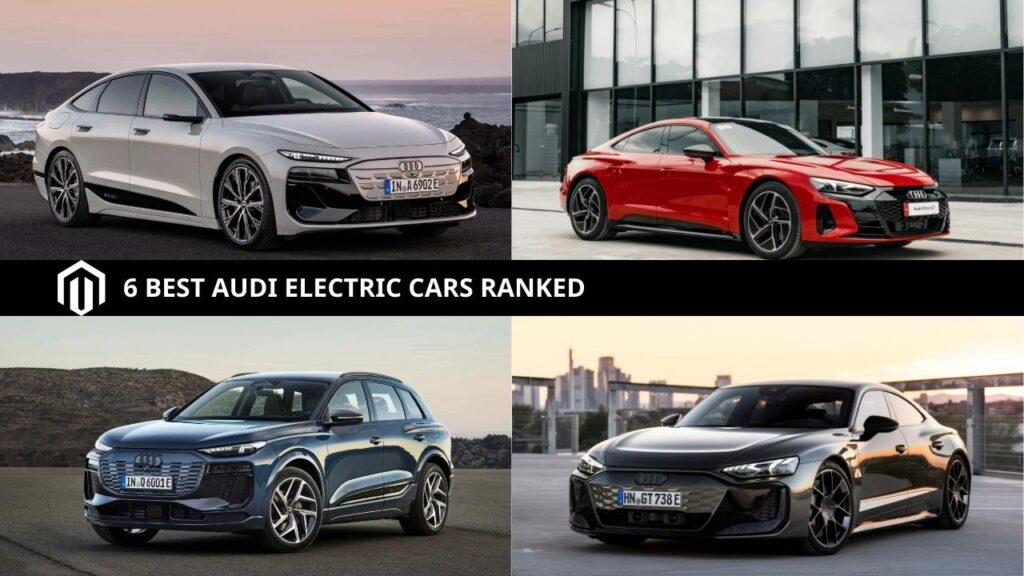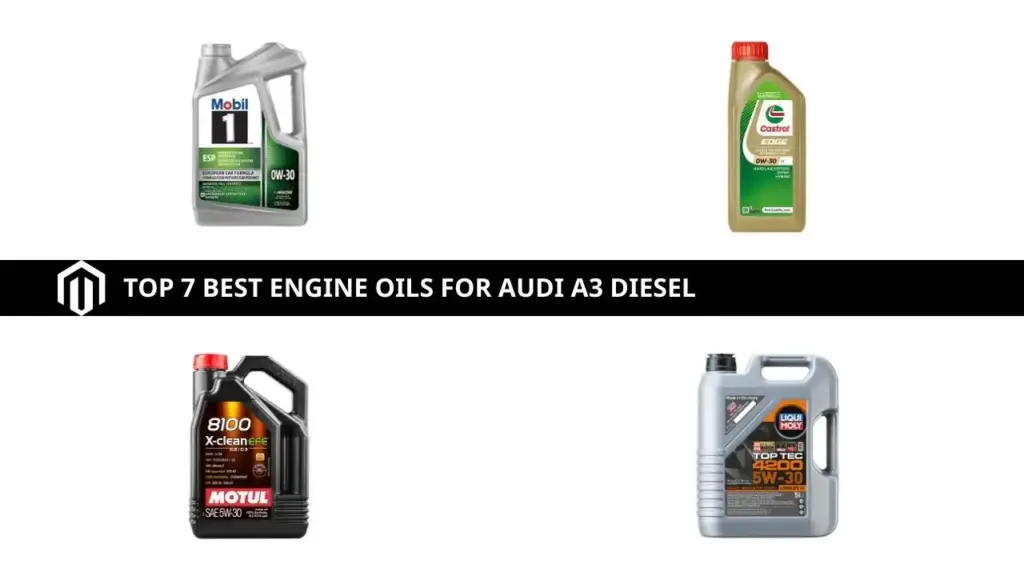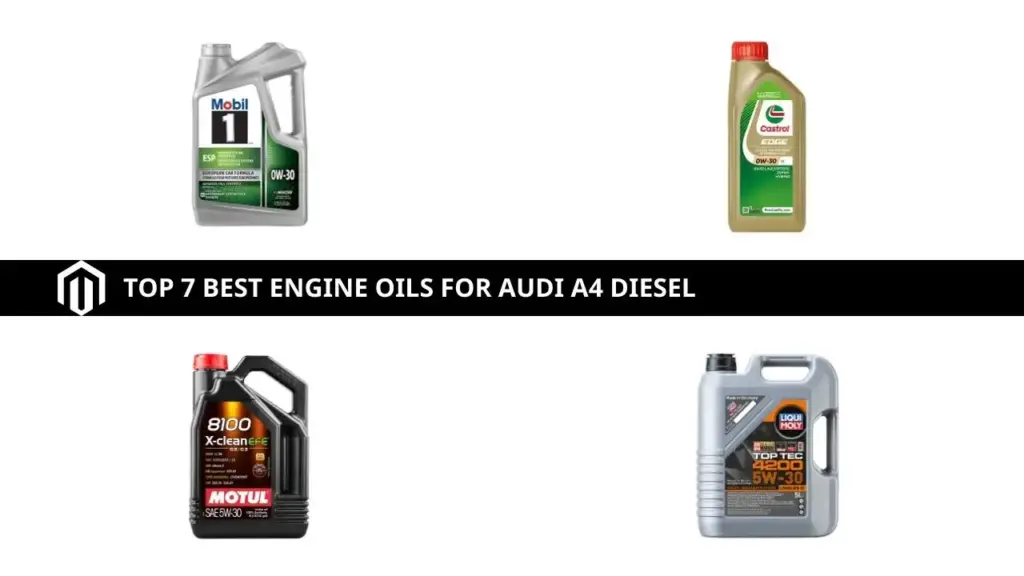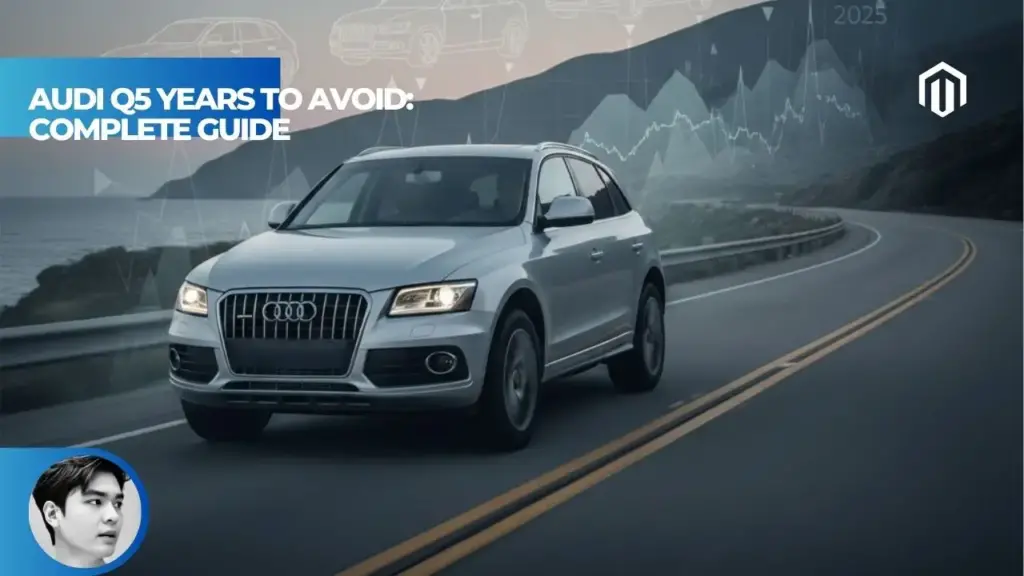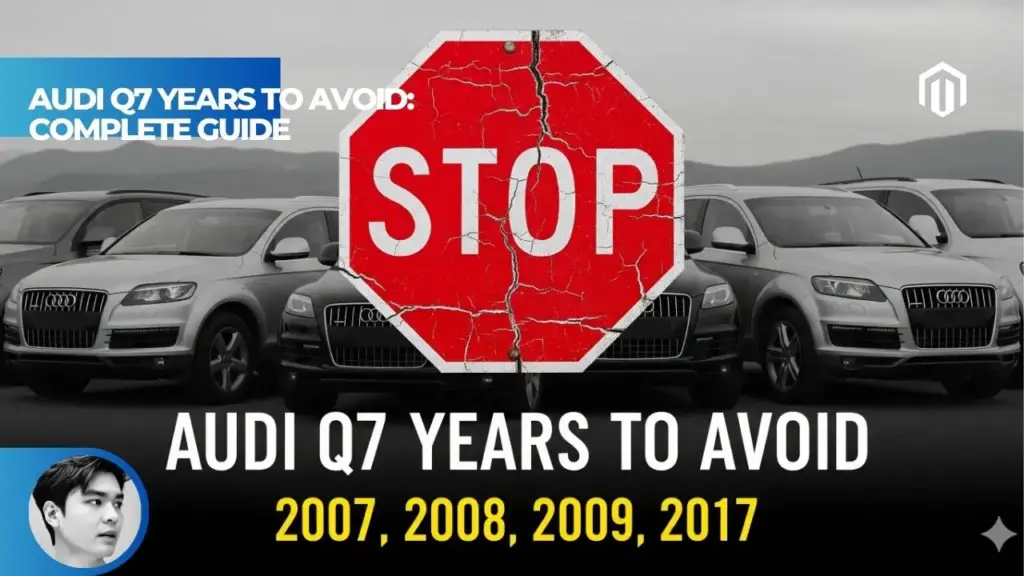You may also like:
The Honda Civic Type R requires premium unleaded gasoline with a minimum octane rating of 91[1]. While Honda’s website states “Regular Unleaded (Premium Recommended),” the owner’s manual specifies 91 octane or higher for optimal performance and engine protection[2]. Using 93 octane delivers the full 315 horsepower the turbocharged K20C1 engine is designed to produce[3].
Understanding the Type R’s Fuel Requirements
Honda’s documentation creates confusion for new owners. The fuel filler cap reads “Premium Recommended,” and Honda’s website lists “Regular Unleaded (Premium Recommended)” as the required fuel[2]. However, the owner’s manual explicitly states “Premium 91 or higher,” which represents the actual engineering specification for the K20C1 engine[2].
This discrepancy exists because modern engines with knock sensors can technically operate on lower octane fuel without immediate damage—the ECU simply reduces performance to protect internal components[3]. The Type R’s turbocharged 2.0-liter four-cylinder features a 9.8:1 compression ratio and generates up to 23 psi of boost pressure, creating combustion chamber conditions that demand premium fuel for safe, full-power operation[3].
For those exploring Civic Type R fuel economy, note that using the correct octane directly affects both performance and efficiency.
Octane Levels and Performance Impact
The Type R responds measurably to different fuel grades. Car and Driver’s testing revealed the car achieves 0-60 mph in 4.9 seconds on premium fuel, with a quarter-mile time of 13.5 seconds at 106 mph[4].
| Fuel Grade | Performance Impact |
|---|---|
| 93 Octane | Full 315 hp output, optimal timing, best acceleration[3] |
| 91 Octane | 310-312 hp, minimal timing reduction, manufacturer minimum[3] |
| 87 Octane | 30-50 hp reduction, protective mode, reduced boost pressure[3] |
Using 93 vs 91 Octane
Real-world testing shows modest but measurable differences between 91 and 93 octane in a stock Type R[3]:
- Peak horsepower: 310-312 hp (91) vs. 315-320 hp (93)
- 0-60 mph: 5.1 seconds (91) vs. 4.9 seconds (93)
- Quarter-mile: 13.6 seconds (91) vs. 13.5 seconds (93)
For daily driving without aggressive acceleration, the difference is barely perceptible. Track days and spirited driving benefit from the higher-octane fuel[3].
What Happens with Regular 87 Octane
Using 87 octane triggers the knock sensors, causing the ECU to retard ignition timing and reduce boost pressure[3]. This protective response results in:
- Power reduction of 30-50 horsepower
- Noticeably sluggish acceleration
- 0-60 times increased by 0.5-1.0 seconds
- Reduced throttle response, especially above 5,000 RPM
The engine will not sustain immediate damage, but running 87 octane regularly is not recommended[3]. Use it only in emergency situations when premium fuel is unavailable, and drive conservatively until you can refuel[5].
Why the Type R Needs Premium Fuel
High-Compression Turbocharged Design
The K20C1 engine combines forced induction with a relatively high compression ratio, creating extreme cylinder pressures that make the engine particularly sensitive to fuel quality[3]:
| Specification | Value |
|---|---|
| Engine | 2.0L turbocharged inline-4[4] |
| Compression Ratio | 9.8:1[3] |
| Maximum Boost | 23 psi[3] |
| Horsepower | 315 hp @ 6,500 rpm[4] |
| Torque | 310 lb-ft @ 2,600 rpm[4] |
Higher-octane fuel resists pre-ignition (knock) under these conditions. When the knock sensors detect detonation from lower-octane fuel, the ECU must sacrifice power to prevent engine damage[3].
Tuned Vehicles Require Higher Octane
For owners with aftermarket ECU tunes, fuel requirements become even more critical. COBB Tuning specifies that their FL5 Civic Type R maps require a minimum of 91 octane (95 RON), with 93 octane maps available for those with access to higher-grade fuel[6]. Running lower octane on tuned maps can cause serious engine damage.
For comparison, Audi turbocharged vehicles have similar premium fuel requirements due to their high-performance engine designs.
Fuel Cost Considerations
Premium fuel adds approximately $300-500 annually to operating costs compared to regular unleaded[3]. The Type R’s 12.4-gallon fuel tank and EPA-estimated 24 mpg combined rating mean filling up roughly twice per month for average drivers[4].
| Expense | Estimated Annual Cost |
|---|---|
| Premium fuel (15,000 miles) | ~$2,184[4] |
| Regular fuel (15,000 miles) | ~$1,700 |
| Premium difference | ~$480/year |
This cost difference is a reasonable trade-off for maintaining the performance and reliability Honda engineered into the Type R. Attempting to save money by using regular fuel risks long-term engine wear and eliminates the driving experience that justifies the car’s price[3].
Best Practices for Fueling Your Type R
Use Top Tier Gasoline
Top Tier certified fuel stations maintain higher detergent additive standards that help keep fuel injectors and intake valves clean[6]. Major brands like Shell, Chevron, Costco, and BP meet Top Tier certification. This is especially important for direct-injection engines like the K20C1, which are prone to carbon buildup on intake valves[6].
Avoid E0 Fuel on 93 Maps
For tuned vehicles, COBB notes that Canadian 94 octane E0 (zero ethanol) fuel should run on 91 octane maps rather than 93 maps[6]. The absence of ethanol changes combustion characteristics despite the higher octane number.
Monitor Fuel Quality
Owner forums report varying fuel quality by region. If you notice reduced performance or unusual engine behavior, try switching to a different gas station[5]. For information on other dashboard warning indicators, understanding your vehicle’s feedback systems helps catch fuel-related issues early.
Type R vs Civic Si Fuel Requirements
The Civic Si uses a smaller 1.5-liter turbocharged engine with a less aggressive tune. Honda recommends 91 octane for the Si but it tolerates 87 octane better than the Type R[3]. Si owners report less dramatic power loss when using regular fuel, though premium is still recommended for best performance[5].
| Model | Minimum Octane | Power Output |
|---|---|---|
| Civic Type R | 91 (93 optimal)[1] | 315 hp[4] |
| Civic Si | 87 (91 recommended)[5] | 200 hp |
If fuel costs are a primary concern, the Si offers a more economical daily driver while the Type R demands premium fuel as part of its high-performance ownership experience. For buyers also considering luxury performance options, check what type of gas BMW models require.
Key Takeaways
- The Civic Type R requires premium unleaded fuel with a minimum 91 octane rating[1]
- Honda’s documentation is inconsistent—follow the owner’s manual specification of “Premium 91 or higher”[2]
- Using 87 octane causes 30-50 horsepower loss as the ECU enters protective mode[3]
- 93 octane delivers full 315 hp output, while 91 octane provides approximately 310-312 hp[3]
- Annual premium fuel costs add approximately $300-500 compared to regular gas[3]
Frequently Asked Questions
Can I use regular gas in a Civic Type R in an emergency?
Does the Type R gas cap say “Premium Required”?
Is there any performance difference between 91 and 93 octane?
How much more does premium gas cost per year?
Expect to pay approximately $300-500 more annually compared to regular unleaded, based on average driving distances and current fuel prices[3].
References
- Honda USA. (2025). 2025 Civic Type R Features & Specs. https://automobiles.honda.com/civic-type-r/specs-features-trim-comparison
- CivicXI Forum. (2024). Required Fuel Type Discussion. https://www.civicxi.com/forum/threads/required-fuel-type.53875/
- Autvex. (2025). What Gas Does the Civic Type R Take?
What Gas Does the Civic Type R Take? Premium Required
- Car and Driver. (2025). 2026 Honda Civic Type R Review, Pricing, and Specs. https://www.caranddriver.com/honda/civic-type-r
- Reddit r/CivicSi. (2025). 11th Gen Fuel Octane Answered.
11th Gen Fuel Octane Answered
byu/mglusko7 inCivicSi - COBB Tuning. (2025). Map Notes for FL5 Civic Type R / DE5 Integra Type S. https://cobbtuning.atlassian.net/wiki/spaces/PRS/pages/3242360833/

I am a senior automotive analyst at Autvex. Expert vehicle evaluations, in-depth reviews, and objective analysis helping readers make informed automotive decisions with years of industry experience.

